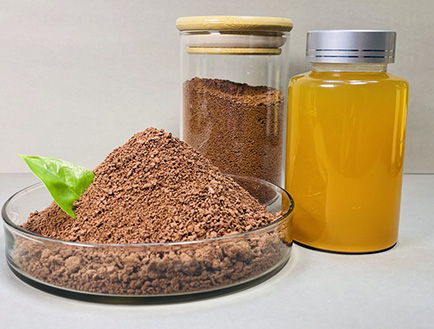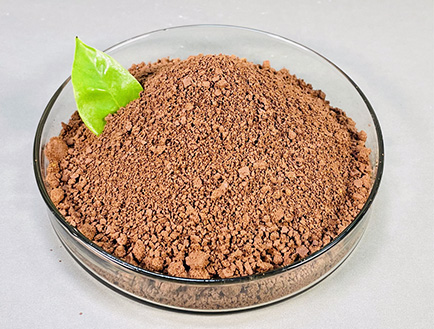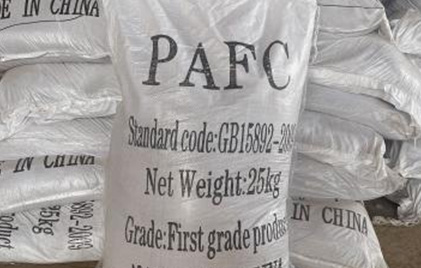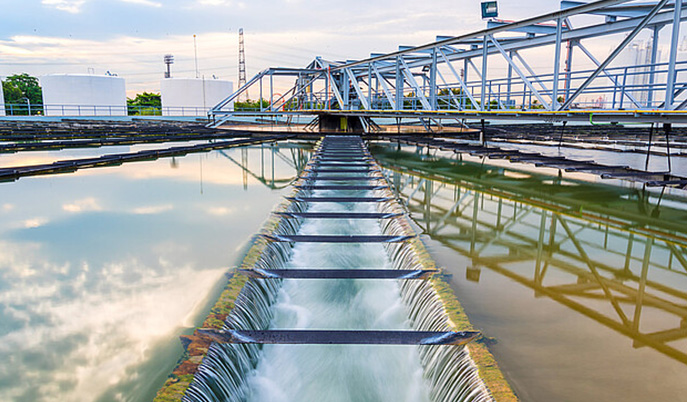Author: YuXinHuan® WhatsApp:+86 19037152650 Email:xinhuan@xhwtm.com Web: www.xhflocculant.com
In recent years, with the rapid development of industrial and agricultural production and the continuous improvement of people’s living standards, the demand for water has also been increasing. At the same time, water pollution is becoming increasingly serious, and the water resources available to humans are gradually decreasing.
Therefore, water conservation and rational water treatment have received widespread attention from all walks of life, and the demand for various water treatment chemicals is also increasing. As an efficient water treatment agent,Polyaluminum ferric chloride has a particularly significant effect.



Polyaluminium ferric chloride and aluminum salts have many advantages.
Polyaluminum ferric chloride is a new type of water treatment material. It was developed based on in-depth research on the hydrolysis and coagulation mechanisms of coagulants of polyaluminum chloride and ferric chloride, aluminum salts and iron salts.
Polyaluminum ferric chloride has a wide range of applications. It is widely used in urban water supply and drainage purification (such as river water, reservoir water, groundwater) and industrial water supply purification. In urban sewage treatment, Polyaluminum ferric chloride also plays an important role.
Polyaluminum ferric chloride has a variety of uses and can be used for the treatment of daily drinking water, industrial water, industrial wastewater, and domestic sewage. Its coagulation effect is not only reflected in the reduction of residual turbidity and color, but also has the advantages of fast floc formation, high adsorption performance, and good sludge filtration and dehydration performance. Especially when dealing with high turbidity water and low-temperature low-turbidity water, its treatment effect is better than alum, polyferric sulfate, ferric chloride, etc.
The use method of Polyaluminum ferric chloride is also very simple: mix the product (solid) and normal temperature water in a ratio of 1/3 while stirring until the Polyaluminum ferric chloride is completely dissolved, then add water to dilute it to the required concentration . When the raw water concentration is 100500mg/L, the dosage is generally 36mg/L. When making specific additions, tests should be carried out based on water quality conditions, and the optimal dosage should be selected before being put into use.
